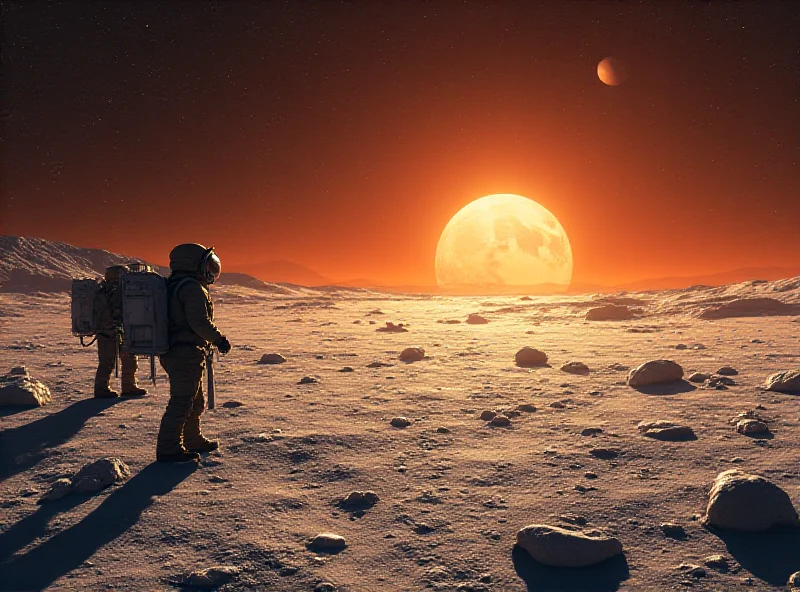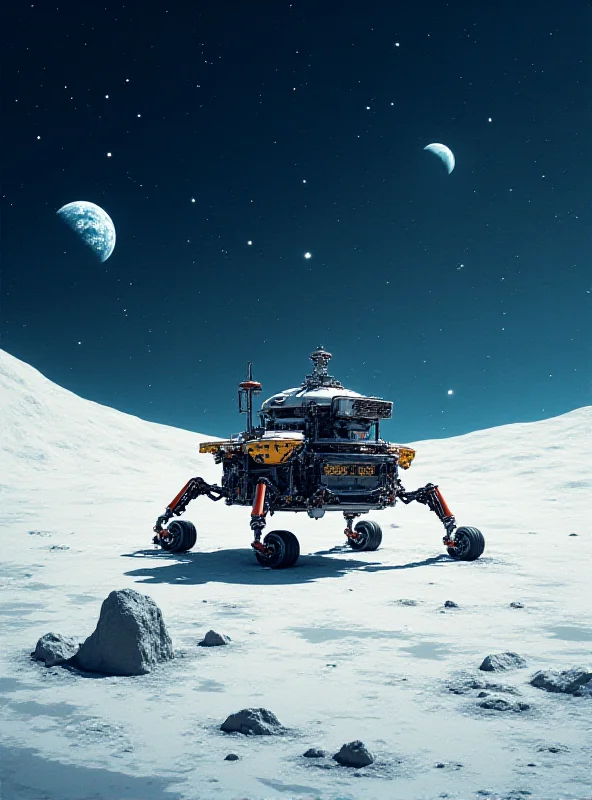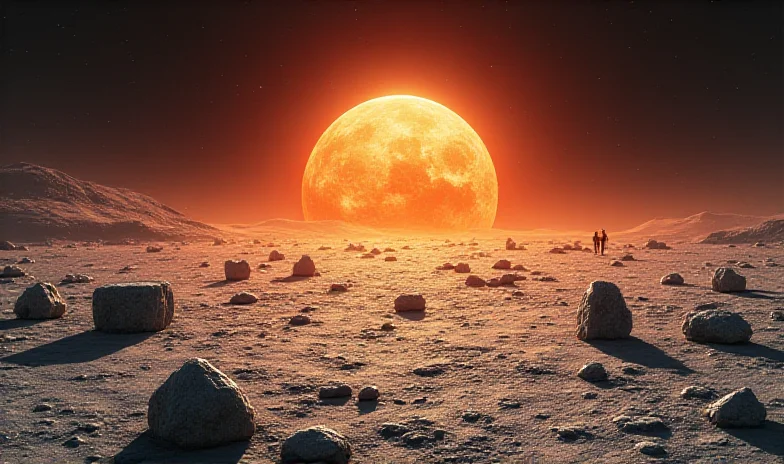The Moon is back in the spotlight! Recent missions have unveiled surprising discoveries about our celestial neighbor, from scorching temperatures at the south pole to successful robotic landings. These advancements are paving the way for future exploration and potential lunar bases.
Unexpected Temperatures at the South Pole
An Indian mission has revealed surprisingly high temperatures at the Moon's south pole, clocking in at a sweltering 82°C (180°F). This discovery challenges previous forecasts and could force scientists to rethink their strategies for finding frozen water, a crucial resource for future lunar missions.

The presence of frozen water is vital for long-term lunar habitation. It can be used for drinking water, to produce oxygen, and even as rocket fuel. The unexpected heat means researchers may need to look in deeper, more shadowed craters to find the icy reserves.
"This changes everything," says Dr. Emily Carter, a leading lunar geologist. "We need to re-evaluate our models and explore other potential locations for water ice."
Robotic Landings Mark a New Era
Meanwhile, back on Earth, a Texas-based company has achieved a significant milestone: a successful robotic lunar landing. The mission, playfully dubbed "Moon dust on our boots," signifies a leap forward in space technology and exploration.
This achievement demonstrates the growing capabilities of private companies in handling complex extraterrestrial missions. The successful landing showcases the precision and technological innovation driving the new space race.

Athena's Lunar Landing Attempt
Adding to the excitement, the American company Intuitive Machines is preparing for its own lunar landing attempt with its probe, Athena. Scheduled for this Thursday, around half past six in the evening, a successful soft landing would mark the company's second such achievement. The mission aims to further explore the lunar surface and gather valuable scientific data.

The success of these missions, both public and private, underscores a renewed interest in lunar exploration. From understanding the Moon's environment to developing the technology for sustained presence, these endeavors are bringing us closer to a future where humans can live and work on the Moon.
The next few years promise to be an exciting time for lunar exploration. With new discoveries being made and innovative technologies being developed, the Moon is once again becoming a focal point for scientific advancement and human ambition.
